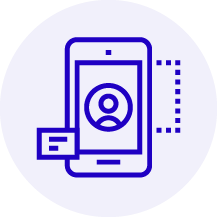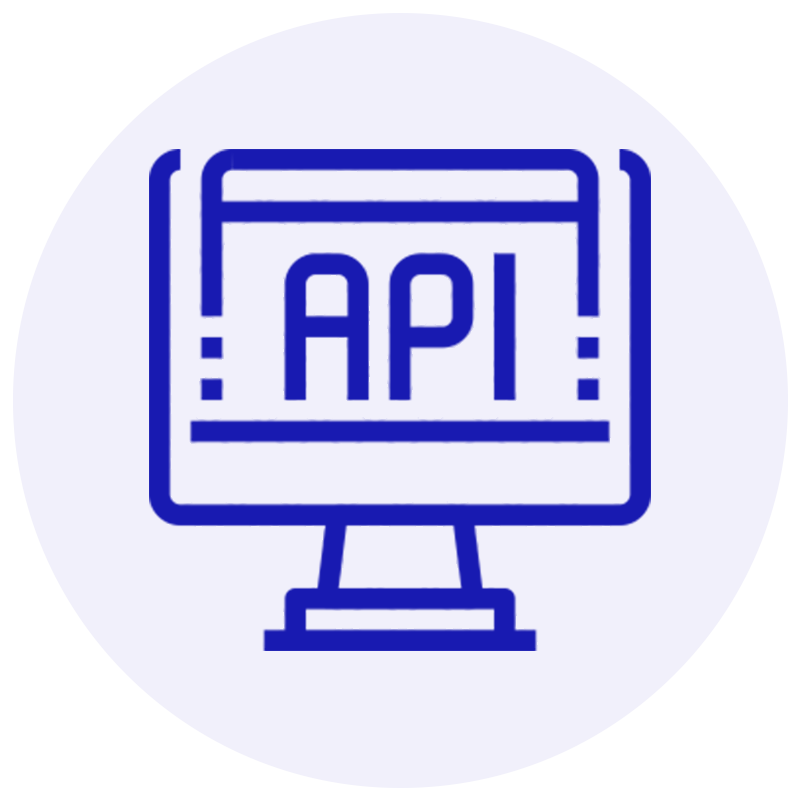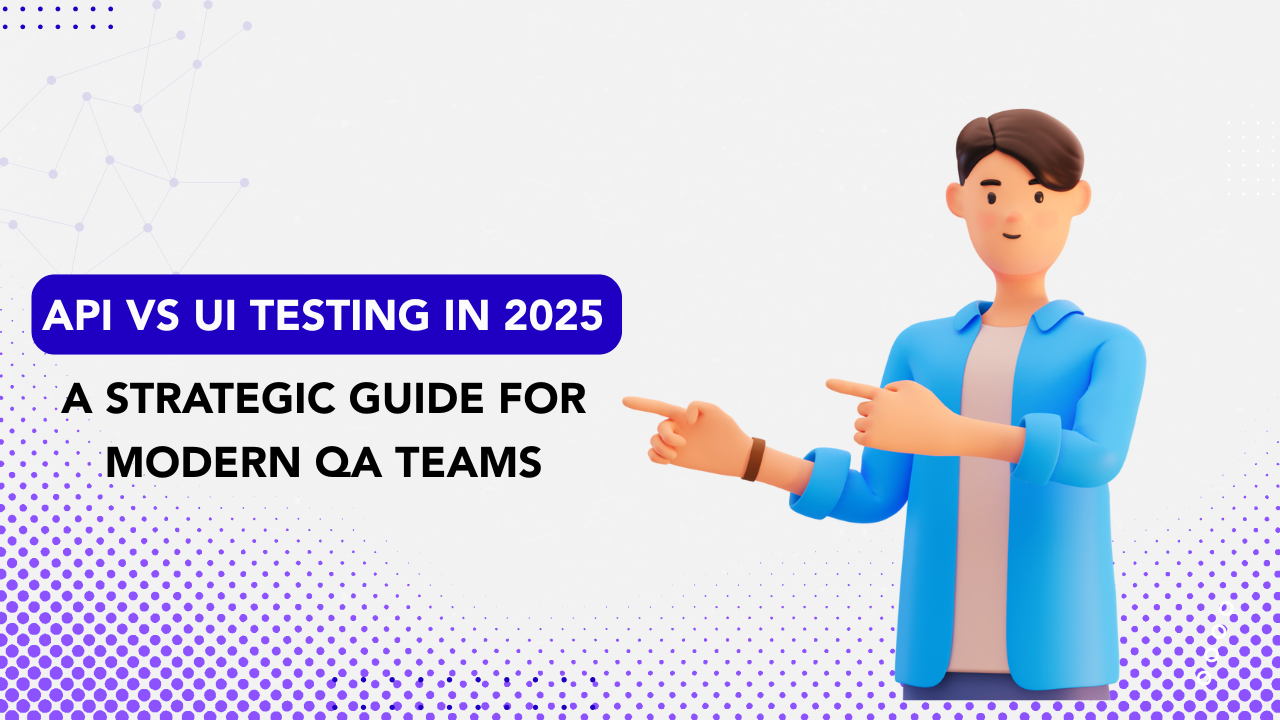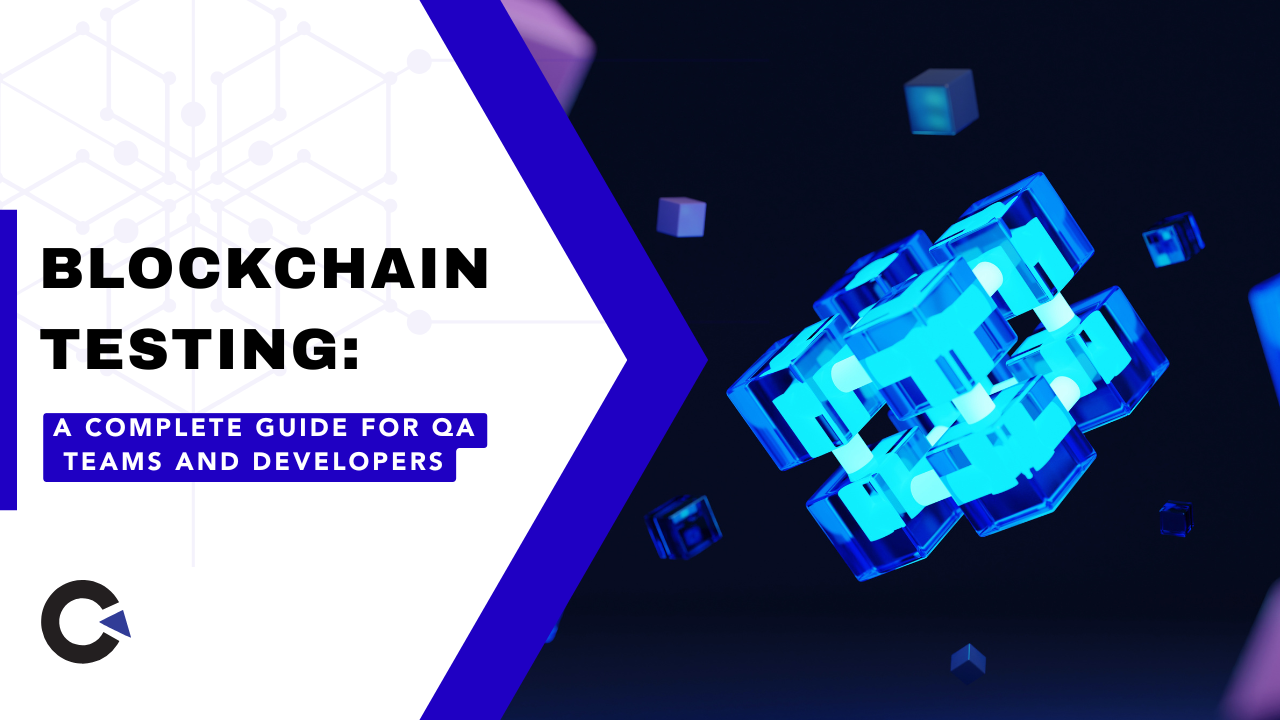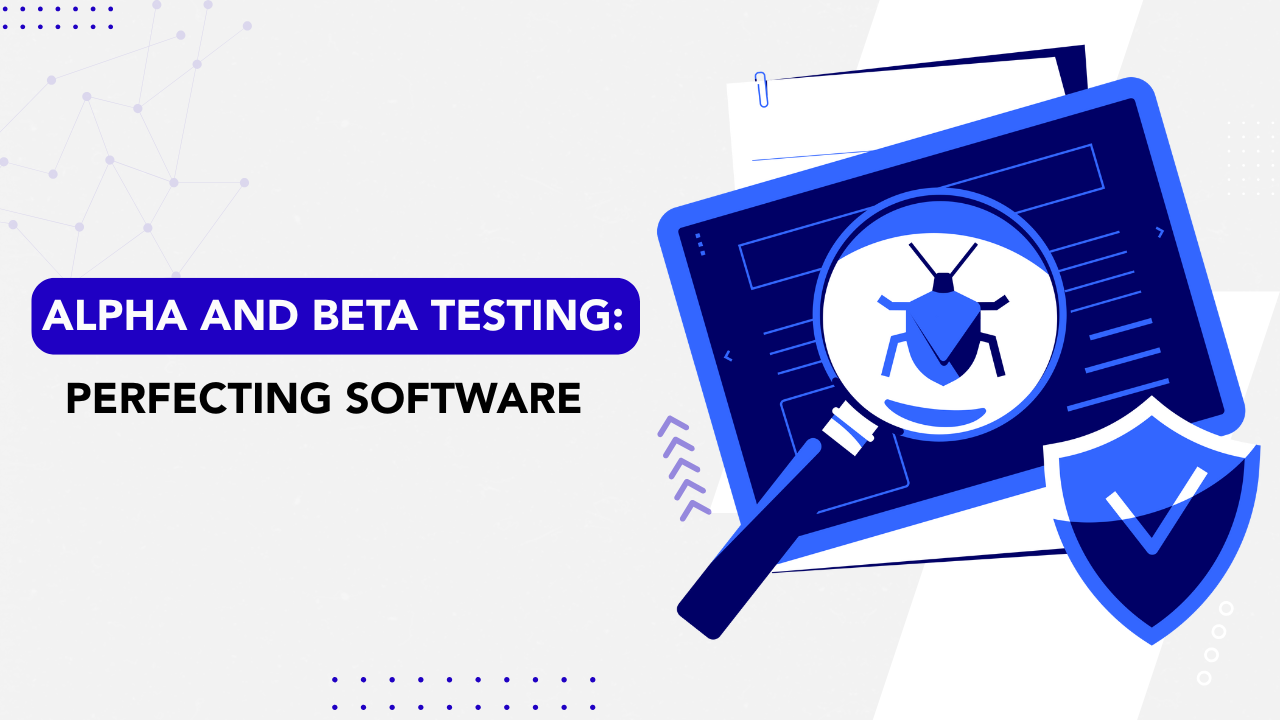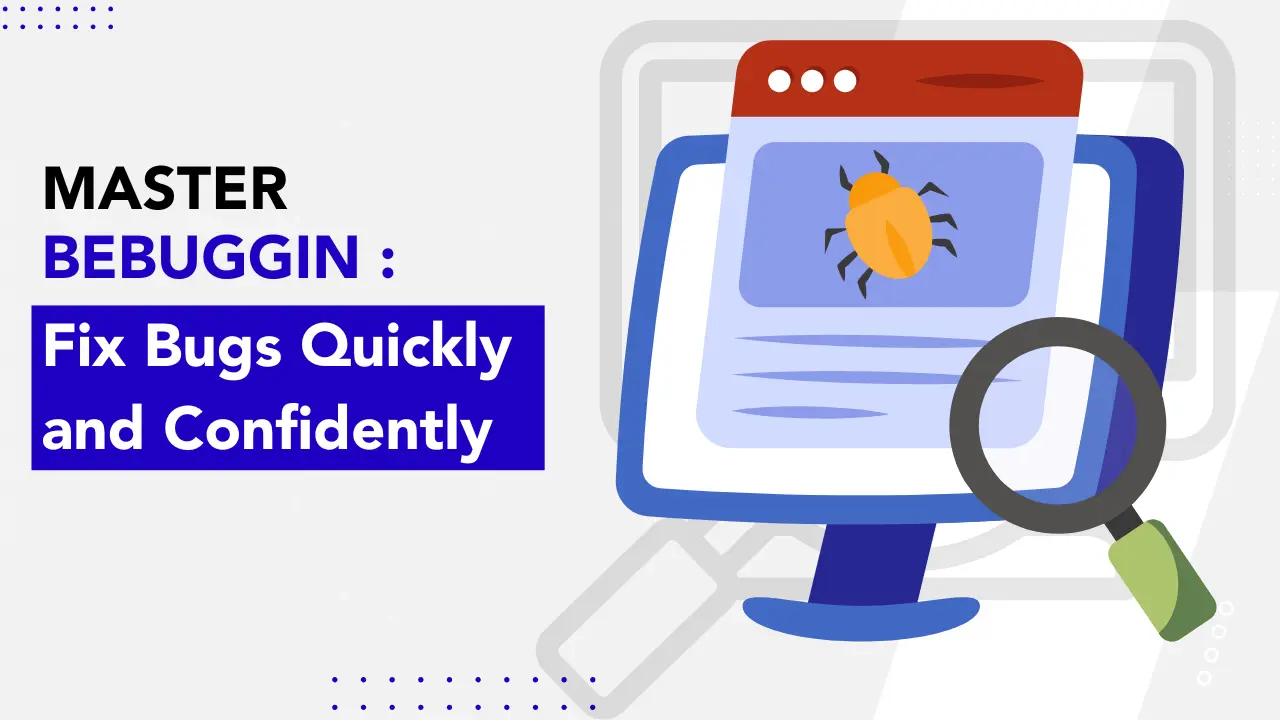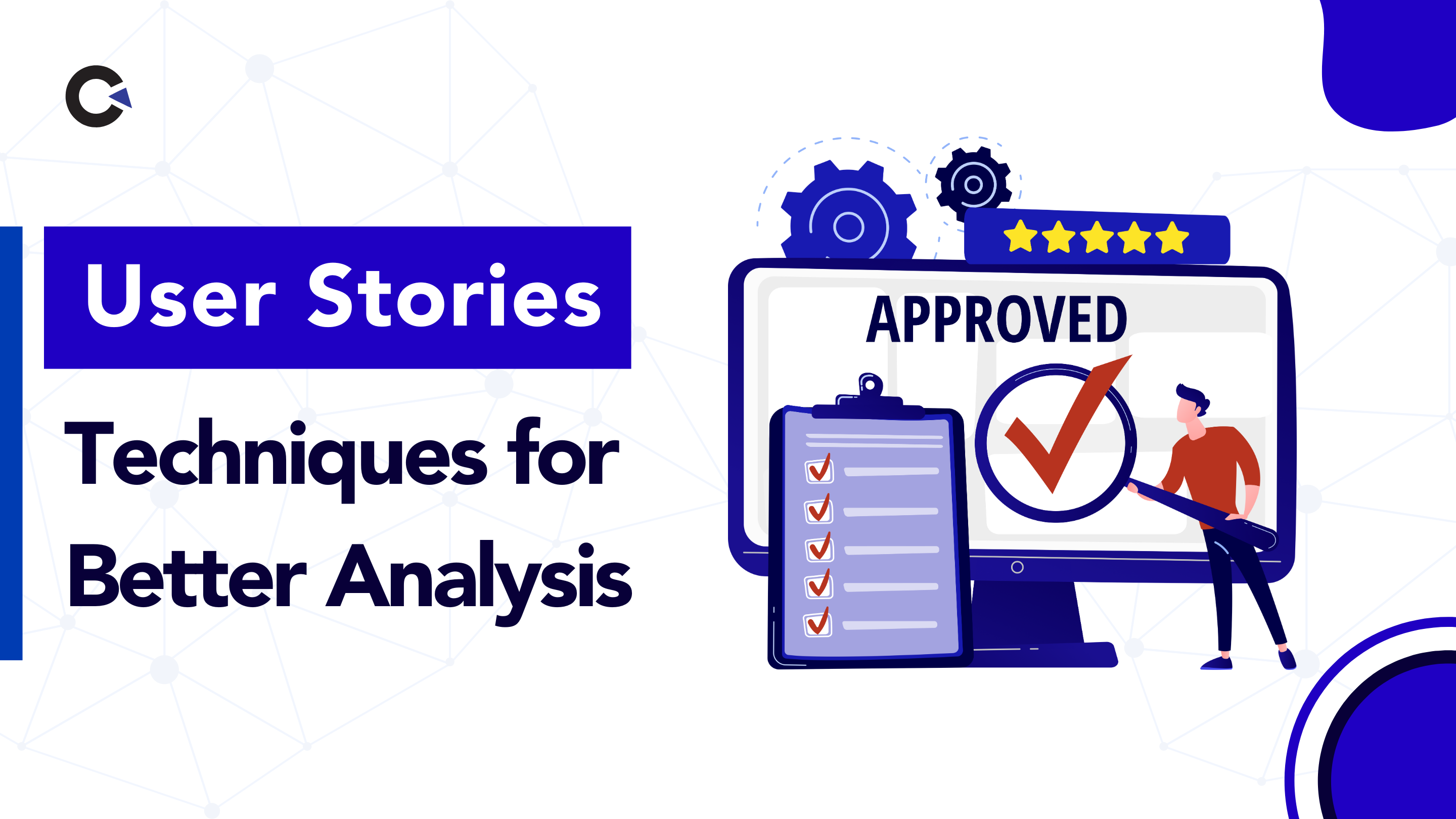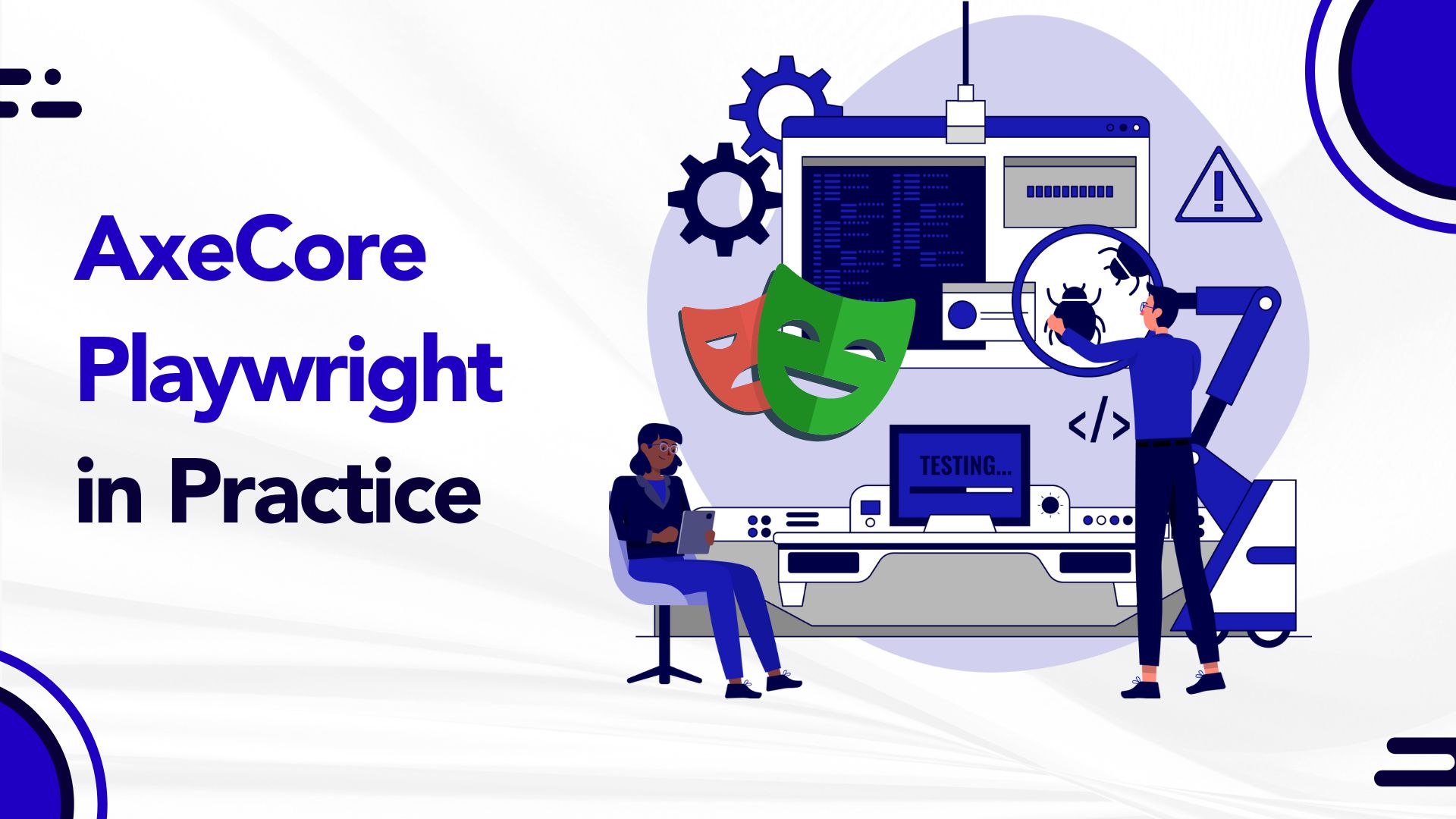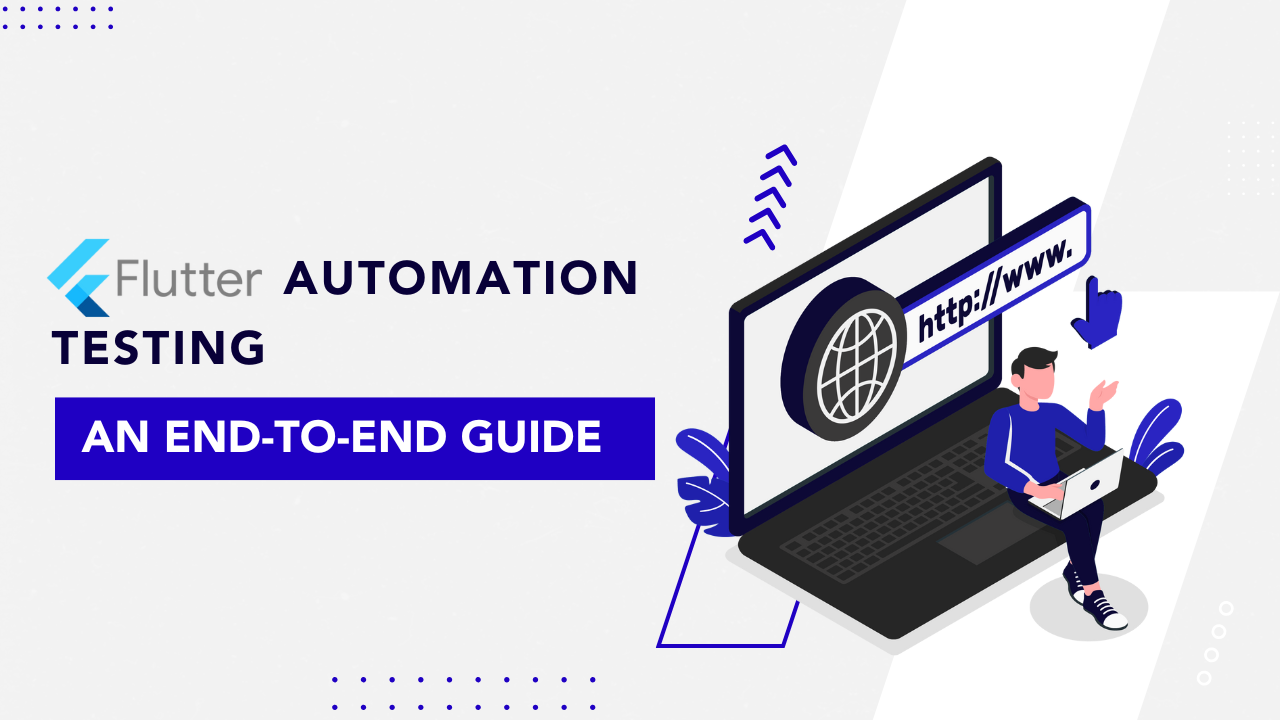
by admin | Oct 28, 2021 | Software Testing, Blog |
There has been an apparent shift in Software Engineering and software testing, remarkably how practices have changed from manual to automated. Due to the advancements in artificial technology, machine learning, and automation tools, many manual testers fear that automated testing will soon replace manual testing completely. However, that could not be further from the truth.
Why Manual Testing Is Still Necessary
Many technicians believe that the shift from manual to automated testing is practiced globally. However, automation can only really substitute manual testing to an extent, meaning the latter still has a relevant role that automated testing cannot do.
With that said, there remain critical areas that need manual supervision. Below are some instances of when manual testing is necessary and other situations when it can be replaced by automated testing.
Areas That Require Manual Testing
Manual testing must not be replaced when it is the requirement to create an ideal testing, such as the following:
User Experience
User experience (UX) is anchored on human interaction, so expert manual testing is crucial for imitating user behavior and analyzing software based on user needs and demands.
Using manual testing leads to a better UX, which is almost unattainable by automated testing unless with the help of a highly trained artificial intelligence (AI).
Small Projects
The cost of implementing automated testing is higher than traditional methods of manual testing. So, having high installation costs of automated testing for a small project means you’re wasting money and sacrificing efficiency.
Minute Details
Automation works best on predetermined testing procedures. Most of the time, it is not customizable. While the results can be faster, it can neglect tiny details that may negatively impact the software.
So, manual testing is used to remove any bugs that may have been ignored during automated testing. It’s important to catch these errors before the software goes live, which manual testing can do.
Maintenance Costs
Automated testing requires high maintenance costs, so automation might not fit the budget of a small organization. If that’s the case, manual testing is preferred over automated methods to escape high expenses.
Areas That Automated Testing Can Substitute For
Manual testing should be replaced with automation when it does not fit the requirements of ideal testing in quality assurance (QA), such as the following:
Repetitive Steps
Automated testing is ideal for repetitive steps that do not require manual expertise and supervision. Automating these steps within the testing process saves many QA companies time, workforce, and energy.
Elimination of Human Errors
A highly trained artificial intelligence can be superior to human intelligence, preventing any errors in the software testing process. This aspect makes automated testing more beneficial than manual testing, with the latter more prone to human mistakes.
Complicated Coding
Automated testing is designed to work on all kinds of programs and coding, especially complicated ones. That is another example of when manual testing is less effective and valuable, especially when coding is also new to the testers.
Conclusion
Manual and automated testing have their own advantages and disadvantages, but neither can replace the other to the full extent. While many QA companies favor automated over manual testing, the latter is still crucial in many areas and can never be totally replaced.
Codoid is an industry-leading QA company with A-grade software testing solutions. Our brilliant team of engineers loves to attend and speak at software testing meetup groups, forums, automation testing conferences, and software quality assurance events. We are your go-to software testing company, whether performance testing, analytics testing, agile testing, mobile app testing, or others. If you want QA testing done right, we’re the company to call. Get in touch with us today!

by admin | Oct 28, 2021 | Software Testing, Blog |
A few decades ago, the prominent testing practice revolved solely around websites to ensure they performed well on desktops and laptops. Today, thanks to the meteoric rise in the mobile ecosystem, mobile app testing has begun to dominate the market, requiring companies to focus most of their efforts on polishing their mobile apps. Although they have some similarities with web app testing, they are still different and use various metrics to ensure top performance.
Understanding the two processes will help you know what you need to ensure proper, thorough testing and help you develop well-working apps that offer substantial value to your target audience. Here is what you need to know about the differences between mobile app testing and web app testing:
The Different Applications
There are various applications you must familiarize yourself with to understand how they are different. Web applications are computer programs that deploy in a web browser, usually built through HTML5, CSS, and JavaScript. Web apps provide more interactivity than websites and are accessible via desktop or laptop. A few examples of web applications include online stores, online banking, and email.
Mobile applications are programs designed to be used on mobile devices like smartphones, tablets, and wearable technology. They are classified into mobile web, native, and hybrid apps. Mobile web apps are programs that you can access through a mobile browser, which means you don’t have to download them onto your device to use them. Like web apps, they’re built using CSS, JavaScript, and HTML5, although there isn’t any standard software kit. Web apps for mobile use are simpler to develop and test, although they’re often more primitive in their functions.
On the other hand, native applications are engineered to run on the device itself, requiring users to download them to use them. They’re specific to platforms, built using certain languages and integrated development environments or IDEs. Developers build native Android applications through Kotlin, Android Studio, Eclipse IDE, and Java. To develop an app for Apple devices, developers must use Objective-C, Swift, and the XCode IDE. Native apps are much more secure and seamlessly integrate with the hardware.
Lastly, hybrid applications feature a mix of characteristics of native and mobile web apps. They’re built using the standard web stack then wrapped in a native environment, allowing developers to use the same code for various platforms. They’re simpler to develop and maintain but are slower and have less advanced functionality.
The Different Types of Mobile App and Web App Testing
Whether you’re testing web or mobile applications, you’ll need to ensure that the app is user-friendly and works as intended under various situations, even when it’s in production. Both testing varieties include the following:
- Recovery testing
- Localization testing
- Functional testing
- Usability testing
- Compatibility testing
- Certification testing
- Performance testing
- Change-related testing
What Sets Mobile App Testing Apart From Web App Testing
A few factors separate mobile app testing from web app testing: user interaction, compatibility, and Internet connection.
User Interaction
Desktop browser-based applications are restricted to a mouse and keyboard, with all operations doable by clicking or pressing a specific key. On the other hand, mobile apps feature a more comprehensive range of options, with tapping, pulling, pinching, and swiping resulting in different actions. It is also not difficult to test, and you’ll have voice assistants and move commanders to add to your testing checklist.
Compatibility
Testing web apps against various browsers is crucial to ensure that all users benefit from the app. This quality must also apply to mobile web and hybrid counterparts. Web-based applications are easier to test due to a desktop’s functionality, but the testing procedure for mobile apps is more complicated due to the wide variety of mobile devices. For this reason, it is essential to check the technical specifications of each mobile device and how they impact your app’s behavior.
Internet Connection
Most web applications need an Internet connection to function, which also applies to mobile web apps. That is why it is vital to test your mobile app and check its performance under various Internet speeds. You’ll also have to verify if your native or hybrid mobile app works correctly in offline mode, how it responds to interrupted connection, and how it works with various Internet connectivity like 3G, 4G, 5G, and Wi-Fi.
Conclusion
Mobile app testing is a crucial part of refining your app and ensuring it functions properly. By understanding its differences with web app testing, you can determine your testing strategy and ensure the quality of your app.
Codoid is one of the top software testing companies. As an industry leader in quality assurance, we take pride in offering the best app testing services to ensure your product’s quality. Contact us today to learn more about what we can do for your app.
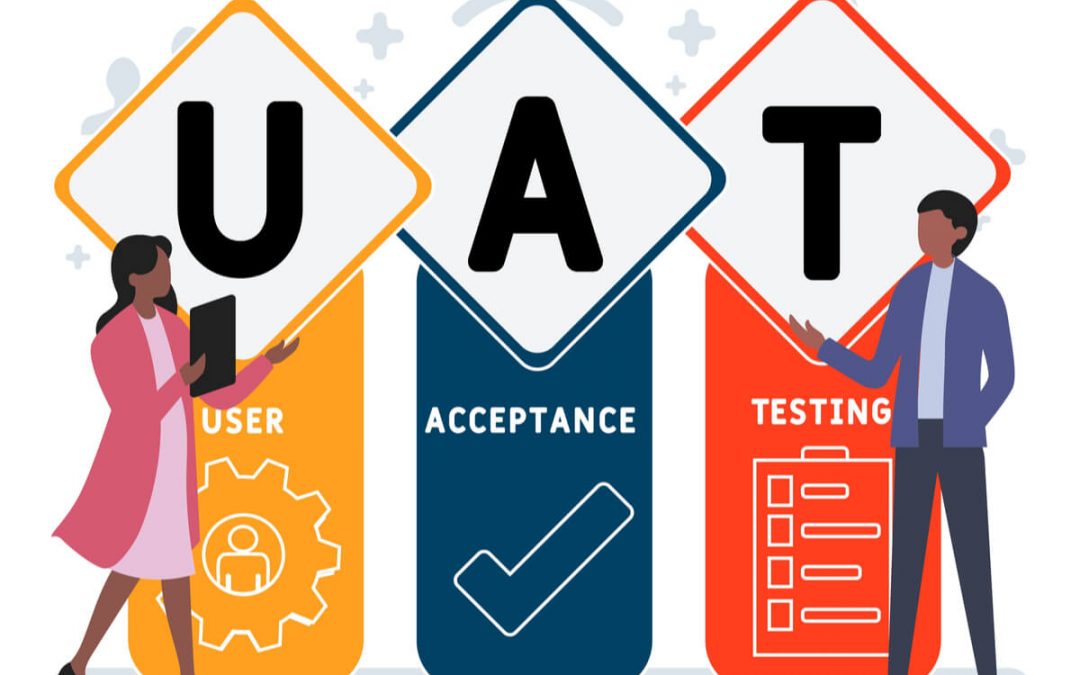
by admin | Oct 21, 2021 | Software Testing, Blog, Latest Post |
User Acceptance Testing is one of the last phases of testing in the software development lifecycle that involves the product being used by the end-user to see if it meets the business requirements and if it can handle real-world scenarios. So it goes without saying that intricate planning and disciplined execution are required as it assures the stakeholders that the software is ready for rollout. As one of the best software testing companies in India, we have vast experience when it comes to performing user acceptance testing. So in this User Acceptance Testing Tutorial, we will be explaining the important factors to consider when performing User Acceptance Tests.
Prerequisites
There are various reasons why user acceptance testing happens at the very end. For starters, we can start only when the application code has been fully developed without any major errors. To ensure that there are no major errors, we should have completed unit testing, system testing, integrated testing, and regression testing as well. The only acceptable errors are cosmetic errors as they don’t affect further processing of the application. The business requirements should also be available to design the test cases accurately. Apart from that, the environment for performing UAT should also be ready. Now that we have covered all the prerequisites, let’s explore how to get the job done.
The Stages of User Acceptance Testing
For an easier understanding of how to efficiently execute UAT, we have split the main process into different stages to indicate the purpose.
Strategic Planning
As in every process, we should start by coming up with a plan to perform UAT. To develop the most effective plan for your project, you should analyze the business requirements and define the main objectives of UAT. This is when you will also be defining the exit criteria for UAT. An exit criterion is nothing but the minimum goals that should be achieved when performing the planned User Acceptance Tests. Exit criteria can be defined by combining the system requirements along with user stories.
Designing effective Test Cases
Once the plan is ready, you will have a clear vision as to what has to be achieved for the business. So we will be using that to design test cases that cover all the functions that needed to be tested in real-world scenarios. You also have to be crystal clear about the expected result of each test and define the steps that have to be followed to get that result. This step doesn’t end here as you will also be needed to prepare the required test data required to perform such tests.
Choosing the right team
There are primarily two ways to go about UAT. Either you can have end-users sign up to beta test your application by making it available to them or you can create your own team. You can either execute it using an in-house team or you can also employ outsourcing software testing options. Irrespective of which way you choose, you have to make sure the right people are on the task. If you are choosing people for your beta program, then make sure they are people from the same demographic as the targeted users of the application. Make sure to check their knowledge of the business and ability to detect bugs as well.
User Acceptance Testing
All the groundwork has been laid for you to start with the tests. So in this part of the User Acceptance Testing Tutorial, we will be focusing on how to perform UAT. Make sure to follow all the steps from your test cases without any deviation. If you wish to test something else in a random manner, do it separately and not while performing a particular test case. Once you start, you will also have to create meticulous records of the results, remarks, and so on from each test. Then only it will be possible for the development team to fix all the bugs and issues that were discovered during the process. Once the bugs are fixed, you can rerun those tests to see if the changes have been made without any issues.
Sign-Off
This step is the final step and the name makes it self-explanatory as well. So once you have verified that the application meets all the business requirements, you can indicate to the team that the software is ready for rollout by sending a sign-off email.
General Tip: Using the right pools is also pivotal in yielding the best results. As a leading software testing services company, we use the best tools to make the process more efficient. Test data management can become a nightmare if you don’t monitor and feed the test data in a frequent manner. We use data management tools to feed all the required test data and remove the hassle from this process. Similarly, we also use bug reporting systems to keep track of all the bugs that were discovered and make sure everything is resolved in the most efficient manner.
Conclusion
We hope that our User Acceptance Testing Tutorial has helped you get a clear picture of the UAT process. Based on your specific project demands, you could make some tweaks to this process. Also, make sure to choose the appropriate tools to get the best results.

by admin | Oct 7, 2021 | Software Testing, Blog, Latest Post |
Since software testing is an integral part of the software development lifecycle, the need for talented QAs is constantly on the rise. There are also many out there who aspire to become a software tester by setting them apart from the overwhelming competition that has a bachelor’s degree in computer science. Certifications are a great way to accomplish just that, but there is a catch as not all certifications will be worth the effort and resources. So in this blog, we will be taking a look at the best QA testing certifications that will help a QA either kickstart their career or move higher in their career.
ISTQB – Foundation Level
The International Software Testing Qualifications Board is one of the most renowned and globally acclaimed QA testing certifications in the industry. The primary reason we are starting with this certification is that it can help you get a perfect start to your software testing career. It will help you understand all the fundamentals of software testing that are needed to fit into the various software testing roles such as test automation engineer, mobile-app tester, user-acceptance tester, and so on. The syllabi that they follow are constantly improved to keep up with the growing business needs. But the primary advantage that their syllabi have is that they are open to the public and you can go through their material before deciding to attend the exam that will cost you $229.
The foundation level certification isn’t the only one offered by ISTQB and we will be exploring the rest as we progress.
CAST – Certified Associate In Software Testing
CAST is yet another apt choice for the ones looking to start their software testing career. It is a foundation-level QA testing certification like the ISTQB certification we saw earlier and it will help you learn the important principles and best practices you would need to know. Let’s take a look at the prerequisites for this certification,
- Have a 3 or 4-year degree from an accredited college-level institution.
- If you have a 2-year degree at the same level, then a year of experience in testing will make you eligible.
- You could do the certification without a relevant degree if you have at least 3 years of experience in testing.
So it is evident here that you have the option to get this high-value QA testing certification just with your degree. So like ISTQB, it is a great option for freshers, and also a viable option for people with experience to certify themselves. CAST would cost you $100 to attempt and you should make sure that you attend the examination within 1 year of payment and get 70% to clear it.
CSTE — Certified Software Test Engineer
Now that we have seen two entry-level QA testing certifications to get started with, let’s move on to the next level. CSTE is more of a professional-level certification that helps you establish your competence and achieve better visibility in your team. So you will be able to present yourself as someone who can take up some additional responsibility and take a step forward in their career. The prerequisites also change accordingly,
- Must have a 4-year degree from an accredited college-level institution and 2 years of experience in testing.
So if you have a 3-year degree, you will need 3 years of experience in testing.
- Similarly, if you have a 2-year degree, then you will need 4 years of experience in testing.
- If you don’t have an appropriate degree, then you could compensate for that with 6 years of experience in testing.
Similar to CAST, you would have to score 70% to pass the test and it would cost you around $350 to $420.
CTM — Certified Test Manager
If CSTE was the first step towards a management role, CTM is the one that helps you get better at it. As the name suggests, this QA testing certification is targeted towards improving your management skills. It is a great option if you are currently in a leadership role as it can help you better your skills. You will be learning about various skills like how to manage test processes & test projects, how to measure a test process so that you can work on improving it, risk management, and so much more. Since it is management-level certification, you would also require experience in any leadership role.
The prerequisite is that you should have 3 years of experience in testing that includes 1 year of experience in a leadership role that is relevant to software testing. This has to be met with by the time the CTM will be granted. You would require a lot of supporting documents for this one. So make sure to check over the complete procedure on their website. Make sure you familiarise yourself with the Test Management Body of Knowledge book as it is the key to this certification.
CSSBB — Six Sigma Black Belt Certification
Another option to sharpen up your management skills is the National Commission for Certifying Agencies (NCCA) certified CSSBB. Like ISTQB, there are other belts available as well, but the black belt certification helps you understand the team dynamics and assign roles & responsibilities accordingly. You will be able to use the Six Sigma principles to optimize the DMAIC (Design, Measure, Analyze, Improve, and Control) model. In addition to that, you will also be equipped with the basics of lean management and how to identify non-value elements. The prerequisites are,
- You would require a minimum of 3 years of experience in one or more areas of the CSSBB Body of Knowledge.
- You would require a minimum of 1 or 2 completed projects with signed affidavits.
The exam would cost you $538 and would be an open-book test. If you are an ASQ member, then you would get a discount of $100 in the cost.
ISTQB – Advanced & Expert Level
The Advanced level of ISTQB is on par with the CTM certification that we saw earlier and the expert level is the one with the highest recognition. So starting with the foundation level certification, you should work yourself up the ladder and complete the advanced level first and then follow it up with the expert level. The expert level is the epitome of all these QA testing certifications as in addition to the in-depth concepts you will be learning about, you will also be handling practical exercises and discussions for almost half of the entire time. The prerequisites would also be very high for this certification.
- One must have at least 5 years of practical testing experience in testing.
- In that 5 years, at least 2 years should be industry experience in the specific topic that you are looking to become an expert in.
Conclusion
As one of the top software testing companies in Chennai, we always concentrate on getting our employees certified with ISTQB. We are currently a Silver-level partner with ISTQB and on a path to become a Platinum-level partner in the near future. We are aware of how valuable these ISTQB certifications are, and that is why we have started and ended the list with them. So we hope you have found this list of our top QA testing certifications to be useful. Make sure to pick the courses best for you and also remember that even though certifications are important, it is the knowledge you build that matters. So pour your heart and soul into it and be on a path of continuous learning.

by admin | Oct 5, 2021 | Software Testing, Blog, Latest Post |
Achieving Continuous Delivery is no child’s play as your team should be equipped with certain technical capabilities because deploying the code into production on demand throughout the software delivery cycle is not easy in any way. It is also important to acknowledge that it’s not just the technical practices that will help you achieve Continuous Delivery. It has to be coupled along with good management practices as well. So as a first step, we will be focusing on the key technical capabilities that drive Continuous Delivery in this blog.
Version Control
Keeping the application code in version control alone will not help you achieve Continuous Delivery as you would have to do all the deployments manually when both the system and application configurations stay out of version control. Since manual tasks stall continuous delivery (CD), you have to automate the delivery pipeline to achieve CD.
Test Automation
Automated unit & acceptance tests should be kicked off as soon as developers commit the code in version control. The simple underlying logic here is that if the developers are provided with faster feedback, they will be able to work on the changes and fix the issues instantaneously. This advantage alone doesn’t make test automation a vital component in the Continuous Delivery pipeline. It is also very reliable in ensuring that only high-quality software gets delivered to the end-users.
But that doesn’t mean you can just use flaky test automation scripts as they would only produce false positives and negatives and not add any value to the Continuous Delivery pipeline. So if you want your software to be more reliable and resilient, writing and adding robust automation scripts to the pipeline is the best way to go about it. If at all you find any of the scripts to be unstable, you can move them to a quarantine suite and run them independently until it becomes stable
Test Data Management (TDM)
As mentioned earlier, manual works delay continuous delivery. But at the same time, if your automated test scripts have to be manually fed with test data at frequent intervals, it will cause delays in the delivery. This is a clear sign that your automated test suites are not fulfilling their purpose. You can overcome this roadblock by creating a test data management (TDM) tool to which you can upload all the adequate data required for automated script execution. So, your scripts will call the TDM API to get the required data instead of getting it from an Excel or a YAML file.
In addition to that, once the TDM tool reaches its threshold, it should be able to pull and allocate more data automatically from the system DB. As an automation testing services company, we have a TDM for automation testing alone. We feed the data to it once every month and as a result, the automation test scripts no longer have to wait for the test data to be fed since the adequate data has already been allocated.
Trunk-Based Development
A long-lived branch leads your team towards reworking and merging issues that can’t be fixed immediately. So developers should make sure to create a feature branch, commit the changes within 24 hours into the trunk, and kill the feature branch. If a commit makes a build unstable, everyone on the team should jump in to resolve the issue and not push any changes into the trunk until the merge is fixed.
When a developer pushes the changes from a short-lived branch, your team will resolve the merge issues quickly as the push will be considered a small batch. Trunk-based development is a key enabler for Continuous Integration and Continuous Delivery. So, if the developers commit the changes into the trunk multiple times a day, and fix the merge issues then & there, then the trunk will be release-able.
Information Security
The information security process should not be carried out after releasing the software. Rather, it should be incorporated from the very beginning. Since fixing security-related issues is a time-consuming effort, integrating information security-related practices into the daily work plan of your teams will be instrumental in achieving Continuous Delivery.
Conclusion
Technical and Management practices are crucial for enabling Continuous Delivery. As a software testing company, we use these technical practices with our development team that works on developing automation testing tools. Following such practices alone is not a game-changer. Your team needs to learn and improve the process continuously. Continuous Improvement is pivotal in building a solid development pipeline for Continuous Delivery.

by Anika Chakraborty | Oct 4, 2021 | Software Testing, Blog, Latest Post |
Some still believe that the need for manual testing can be completely eliminated by automating all the test cases. However, in reality, you simply can’t eradicate manual testing as it plays an extremely important role in covering some edge cases from the user’s perspective. Since it is apparent that there is a need for both automation and manual testing, it is up to us to choose between the two and strike a perfect balance. So let’s pit Automation Testing vs Manual Testing and explore how it is possible to balance them both in the software delivery life cycle.
Stable Automated Tests
Stable test automation scripts help your team provide quick feedback at regular intervals. Automated tests boost your team’s confidence levels and help certify if the build is release-able or not. If you have a good talent pool to create robust automated scripts, then your testers can concentrate on other problem-solving activities (Exploratory & Usability Testing) which add value to the software.
Quarantined Automation Test Suites
Flaky automated tests kill the productivity of QA testers with their false positives and negatives. But you can’t just ignore the unstable automated test scripts as your team would have invested a lot of time & effort in developing the scripts. The workaround here is to quarantine the unstable automated test scripts instead of executing both the stable and unstable scripts in the delivery pipeline. So stabilizing & moving the quarantined test scripts to the delivery pipeline is also a problem-solving activity. As a leading automation testing company, we strongly recommend avoiding flaky automation test scripts from the very beginning. You can make that possible by following the best practices to create robust automated test scripts.
Tips to stabilize the unstable scripts
- Trouble-shoot and fix the script failures immediately instead of delaying them.
- Train the team to easily identify the web elements and mobile elements.
- Avoid boilerplate codes.
- Implement design patterns to minimize script maintenance.
- Execute the scripts as much as possible to understand the repetitive failures.
- Run batch by batch instead of running everything in one test suite.
- Make the automated test report visible to everyone in the team.
- If your team is not able to understand the test results, then you need to make the reports more readable.
Exploratory Testing
Test automation frees testers from repetitive scripted testing. Scripted automated testing does enable fast feedback loops, but your team will be able to unearth new product features & bugs, and identity additional test scenarios when performing exploratory testing.
Benefits of Exploratory Testing (ET)
- Scripted testing provides confidence, but ET helps your team to understand whether the new features make sense from the end user’s standpoint.
- ET is usually performed by testers who have good product knowledge. Every feedback from ET is also an input for your automated test suites.
- Some test cases cannot be automated. So you can allocate those test cases in ET sessions.
- ET helps you to create additional tests which are not covered in automated test suites.
Usability Testing
Usability testing is an experiment to identify and rectify usability issues that exist in the product. Let’s say a functional tester is testing the product check-out scenario of an e-commerce app. Here, the tester has good knowledge about the product and knows where the important buttons (Add to Cart & Proceed to Checkout) are placed on the app. However, in real-time, if the end-users struggle to find these buttons, they will definitely have second thoughts about using your app again. So it is clearly evident that functional UI tests can’t help you identify usability issues.
Usability Testing Steps
1. Prepare the research questions and test objectives
2. Identity participants who represent the end-users
3. Setup an actual work environment
4. Interview the participants about the app experience
5. Prepare test reports with recommendations
Conclusion
We hope you’re able to understand that using any one of the two types of testing will only lead to the creation of surface-level solutions. For robust solutions, you should use both manual and automation testing to test the features which are released continuously in the delivery pipeline. So compare Automation Testing vs Manual Testing and use the one that is more apt for the requirement. Testers should be performing exploratory testing continuously against the latest builds that come out of Continuous Integration. Whereas, scripted testing should be taken care of by automation.

